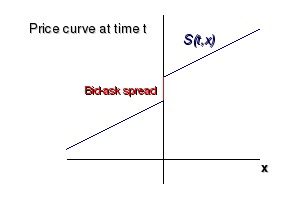Practical Math : Auctions - Introduction
Hi, this is I hope the beginning of Maths Friday (today a little late). I'll try to pick your interest, enrich your life on the subject and give you the tools to advance on your own easily. Feel free to ask any questions.
Price discovery is a signaling system where different actors decide on a way to valuate an asset whose intrinsic value is ignored due to limited supply. Whoever meets the price with an offer gets the item.
Auctions are systems that inherently increase prices, as the price is not static its a horrible system to valuate everyday items (bread, toilet paper, shampoo) but great for collectibles. They are games of incomplete information (Bayesian games), where whoever has the most and best information wins. "Although, big corporations competing with each other engage in this auctions and the consumer benefits in some markets, see perfect competition"
This often means assuming buyers and sellers as competitive price takers. Knows as the Competitive Market Hypothesis
Auctions are the natural way economies work, in fact, they must be forbidden by law otherwise business would speculate during natural disasters.
Auctions can be clasified as primary (single item) or secondary (multiple items that can be equal or different).
Out of the primary there are 4 types that are the most common. English auction, Sealed first price auction, Ductch auction and Vickrey's auction.








This is great, something that is practical and relatively easy to understand in the maths universe is hard to come by!
I agree :)
Congratulations @stempede! You have completed some achievement on Steemit and have been rewarded with new badge(s) :
Click on any badge to view your own Board of Honor on SteemitBoard.
For more information about SteemitBoard, click here
If you no longer want to receive notifications, reply to this comment with the word
STOP